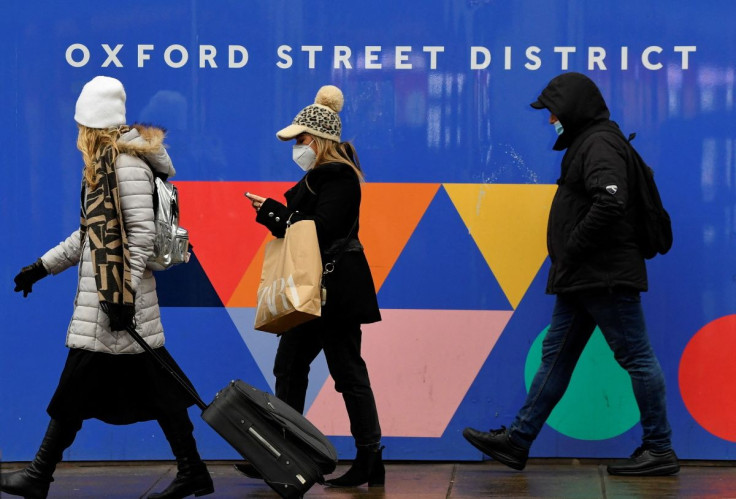UK Retail Sales Bounce Back Partly From Omicron Knock

British retail sales grew faster than expected in January, recovering about half the losses suffered the month before when a wave of Omicron cases of coronavirus caused many shoppers to stay at home.
Retail sales volumes grew by 1.9% in January after a 4.0% decline in December - a bigger rise than the average 1.0% gain forecast in a Reuters poll, although December's drop was bigger than first estimated.
Sales were 9.1% higher than a year earlier, when non-essential shops were shut due to lockdown restrictions, and 3.6% above pre-pandemic levels.
Britain's retail sector as a whole was relatively resilient through the COVID-19 pandemic, with sales as a whole already back above January 2020 levels in July 2020, thanks to a big shift to online shopping.
However some retailers, especially clothes stores with little online presence, found it much harder to recover from repeated lockdowns, the last of which ended in England in April 2021.
Now retailers face a new challenge from rapidly surging consumer price inflation, which hit its highest in nearly 30 years in January at 5.5%, and is forecast by the Bank of England to peak above 7% in April.
Fast-rising prices for energy and food leave consumers with less spare cash to spend on non-essentials, and 2022 looks set to bring the biggest squeeze on households disposable income in 30 years.
© Copyright Thomson Reuters 2024. All rights reserved.




















